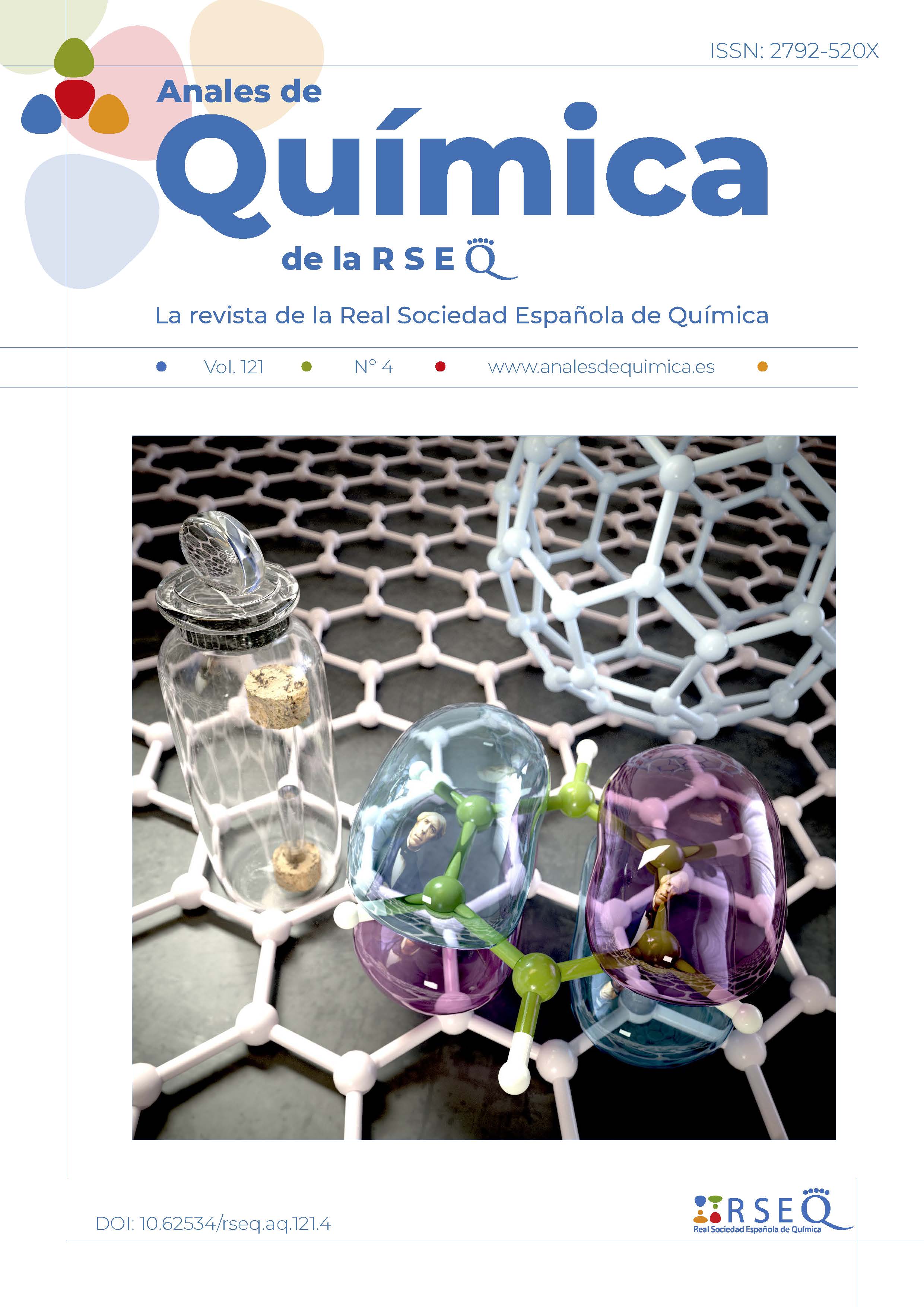Current Issue
Vol. 121 No. 4 (2025)
Published 23 de December 2025
Anales de Química de la RSEQ
Full Issue
Número completo (Español)
Editor's Letter
Chemical Research
287


